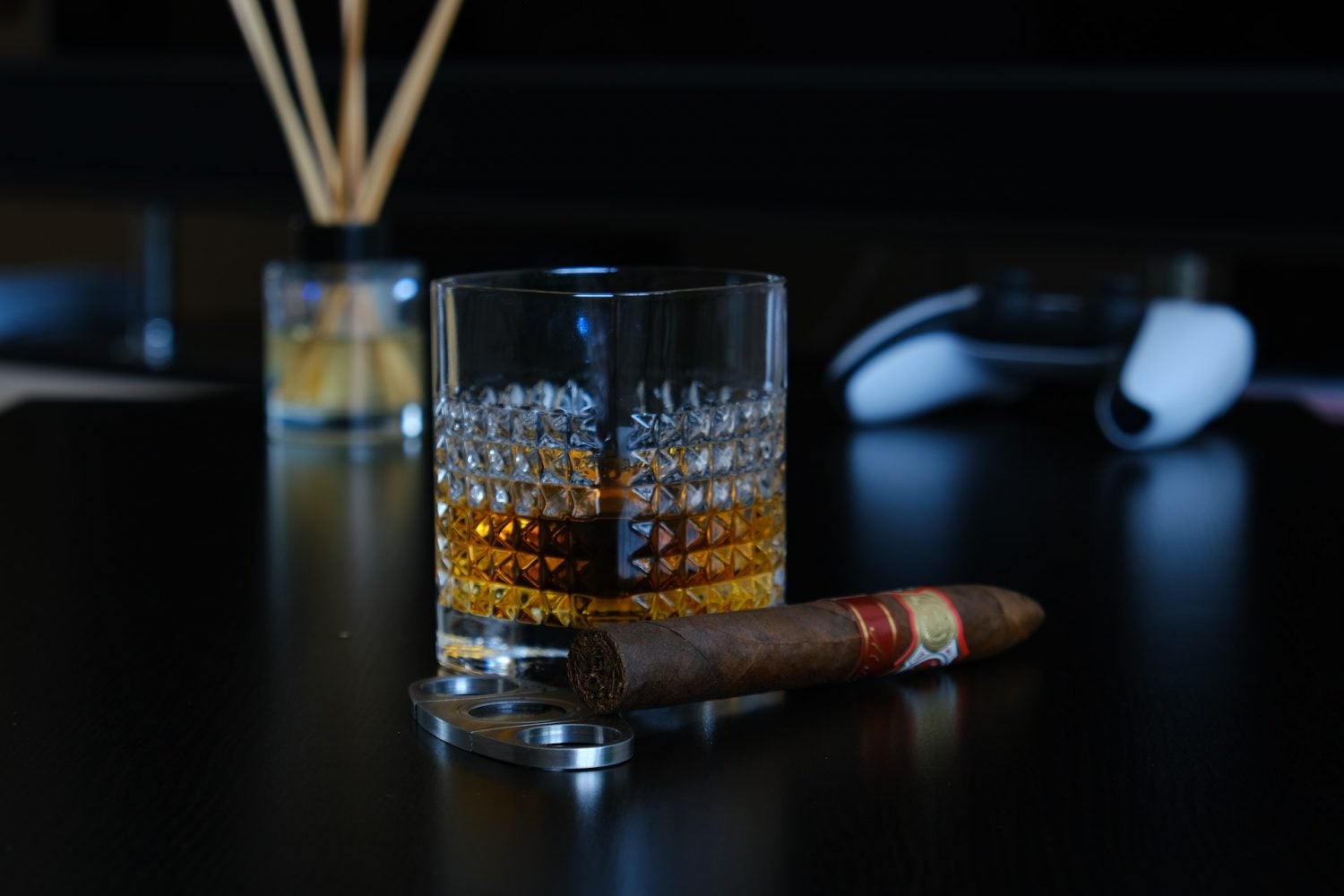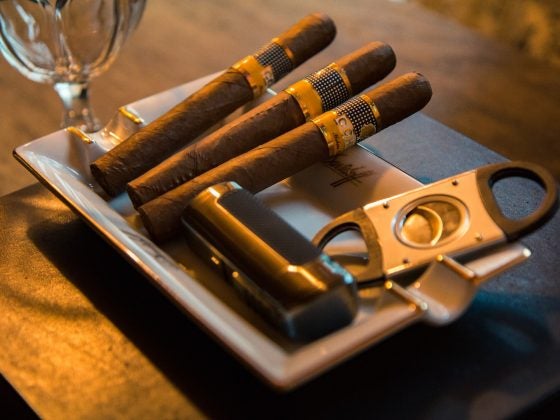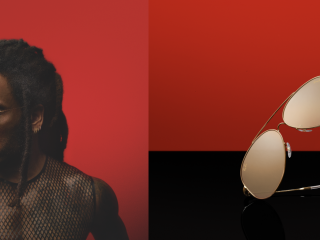Cognac is one of the most famous drinks all over the world. Not everyone likes this drink. Though, this drink has an interesting story and taste. In many movies, the brutal heroes drink cognac. If you want to feel brutal, get some cognac and test your luck at the casino.
Cognac is a strong alcoholic drink made from cognac spirit, aged for a long time in oak barrels. Cognac alcohol is a product of the special distillation of grape wines. The beverage production zones of the Cognac Geographical Indication are strictly defined. There are six in total: Grande Champagne, Petit Champagne, Borderies, Fain Bois, Bon Bois, en Bois à terroir. The soils in each of them are special. They are sandy, red stony, limestone, and siliceous. This allows you to collect grapes with different taste characteristics and, as a result, get significantly different distillates from each other.
There are more than 5,000 winegrowers in the region. Most uni blanc grapes grow here, to a lesser extent there are varieties of Colombard and Folle Blanche. The ripened crop is harvested by some by hand, but in most farms, special equipment is used.
Different Types
For a long time, cognac was considered a classic digestif, which is usually drunk in the company of gentlemen who gathered after dinner to smoke a cigar by the fireplace. But modern rules for serving and combining cognac are much more flexible and interesting.
Young VS cognacs go well with sparkling water or tonic water and are served as an aperitif with light snacks. In addition, they are an excellent base for cocktails and are used for cooking.
VSOP medium-aged cognacs are drunk as an aperitif with ice or sparkling water. Creative chefs add VSOP Cognac to dressings and sauces, such as making a dressing of balsamic vinegar, sibulat, and cognac for lightly salted trout, or a sauce of caramelized onions, olive oil, and cognac for steak.
Old-school connoisseurs drink aged XO cognacs in their pure form as a digestif. But a more advanced audience will appreciate XO with ice as an aperitif before a gastronomic dinner. And to it, bruschetta with gelled oysters smoked eel, and black caviar.
Black caviar is generally an ideal accompaniment to any cognac. But with XO, she is especially good and harmonious.
Making Cognac
Grapes are pressed in traditional horizontal or pneumatic presses, the resulting juice is immediately fermented. Adding sugar is strictly prohibited. The pressing and fermentation process varies from manufacturer to manufacturer.
After the end of alcoholic fermentation, the wine is distilled to cut off excess components and get a pure product, which is called de vie. The distillation process has remained unchanged for over 300 years, but today spirits are distilled twice. The product of the primary distillation is called bruyi or, in our opinion, crude alcohol. Then this rather sharp cloudy liquid is subjected to secondary distillation. It is a delicate operation. During it, the master distiller must catch the moment when it is necessary to cut off the “heads” – primary fractions with high alcohol content and “tails” – secondary coarse fractions. As a result, at the output, the master receives the “heart” of the distillate, or de vies, which will be used to produce cognac.
The next stage is aging de vie in oak barrels for several years. The drink is in constant contact with air, which penetrates through the pores of the wood and assimilates the unique properties of oak – they form the color and bouquet of cognac.
As a rule, alcohol in barrels does not withstand more than 50 years. Then they are poured into special sealed bottles of dark glass or into bottles covered with burlap. Alcohols no longer develop in them, but they do not lose their properties either. The place where the most aged spirits are stored is called “paradise”. The great cognac houses have spirits that are over a hundred years old.


















